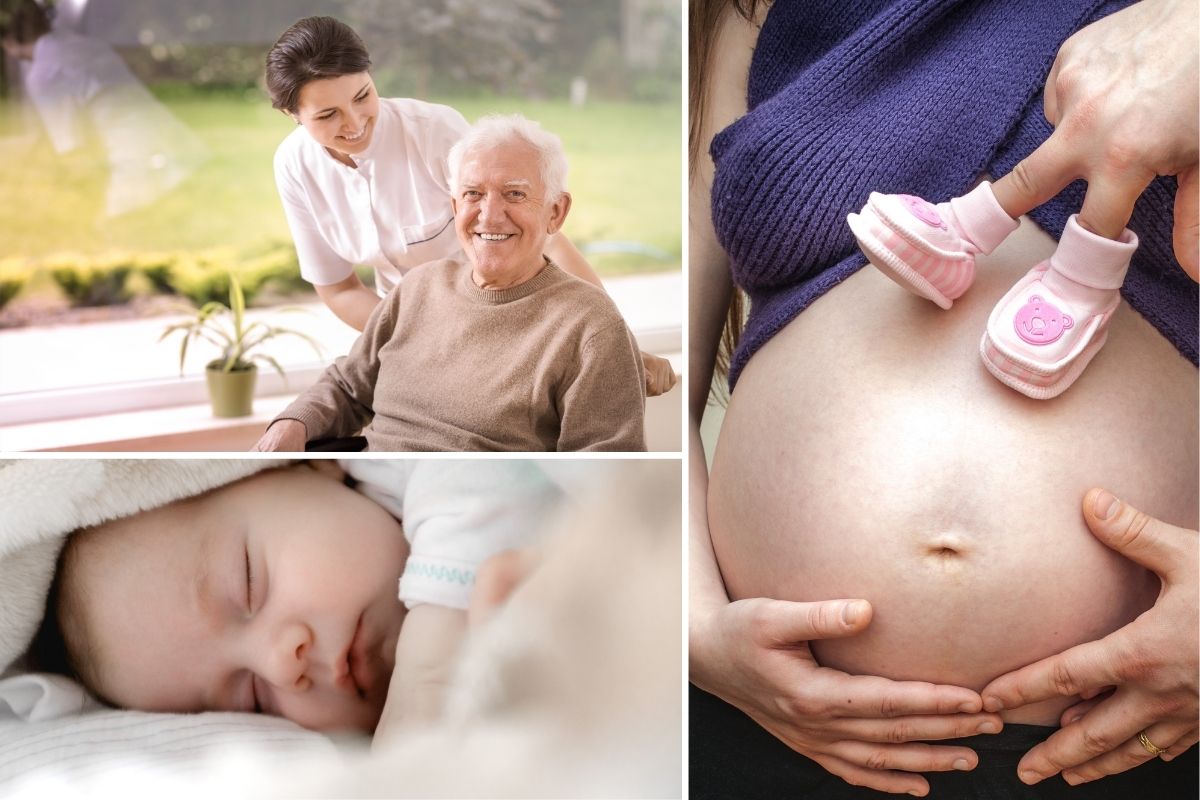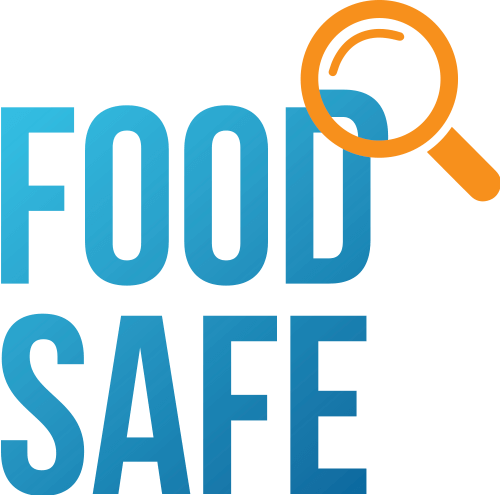Food Safety Controls for Senior Living & Vulnerable People

As the population ages, both globally and in New Zealand, there is an increasing focus on senior living and the quality of care for seniors.
The safety of food is an integral part of such a management system. This blog provides an overview of how food safety controls are applied to the care of seniors as well as to the care of the wider ‘vulnerable population’ by extracting the sections contained within the Australia New Zealand Food Standards Code (Australia) in a simple-to-understand question and answer format.
Who is a vulnerable person?
A vulnerable person is a person who is in care in a facility or a client of a delivered meals organisation.
What are examples of vulnerable people who require a high standard of food safety?
Examples of vulnerable people would include senior care recipients, hospital patients (including pregnant women, nursing mothers, and babies), chemotherapy and dialysis patients, children in child care, respite patients, nursing home residents, and psychiatric hospital patients. The definition excludes staff and visitors but includes outpatients.
So what is a food safety hazard?
A ‘hazard’ is defined as ‘a biological, chemical, or physical agent in, or condition of, food that has the potential to cause adverse health effects in humans’.
The Australia New Zealand Food Standards Code requires the food business to systematically examine all of its food handling operations in order to identify the potential hazards that may reasonably be expected to occur.
The Food Standard focuses on the concept of validating controls. What does validation mean?
Validation (verification) is the action taken by the business to confirm that the control measures are effective in controlling the hazards (that is, they prevent, eliminate or reduce a food safety hazard to an acceptable level).
In many instances, the business will put in place its own procedures to meet the controls required. All procedures that control food safety hazards must be validated by the business.
An example of how verification can be applied to assessing training and a site’s risk management knowledge is reflected in the quiz below.
So what impact does food safety have on menu design for vulnerable people?
There are certain potentially hazardous foods that are not appropriate to provide to vulnerable people because of the higher risk they present for certain hazards. This means that consideration needs to be given to menu design for vulnerable people. If high-risk foods are identified, the food safety programme should include the control measures in place to deal with them.
Are there certain specific pathogens that present a higher risk to vulnerable people?
Yes, there are certain pathogens that present a higher risk to venerable people. They are:
There are a number of foods that are considered higher risk for Listeria monocytogenes, a bacterium that can cause serious illness (listeriosis) in pregnant women, the elderly and persons whose immune
systems have been weakened by disease or illness (such as those suffering from cancer, leukaemia, AIDS, diabetes, liver or kidney disease, or anyone on immune-suppressing drugs). Such foods include:
- Sliced, ready-to-eat cold meats (packaged or purchased unpackaged from delicatessen counters)
- Purchased, ready to eat, cold cooked chicken (whole, portions or diced)
- Pâté (refrigerated pâté or meat spreads)
- Pre-prepared or pre-packaged salads
- Raw seafood (for example oysters, sushi)
- Soft and semi-soft surface-ripened cheeses (for example brie, camembert, feta, ricotta, blue cheese)
- Unpasteurised dairy products.
Safer alternatives can be incorporated into menus for vulnerable people (such as using freshly cooked meats or freshly prepared salads) and control measures implemented to reduce the risk, such as the washing or sanitising of fresh produce and storage limits (for example, keeping at 4°C or below and using within 24 hours).
- Enterohaemorrhagic Escherichia coli
Enterohaemorrhagic Escherichia coli (EHEC) is a serious foodborne pathogen that can cause very serious illness in young children (haemolytic uraemic syndrome – HUS). There are particular foods that are considered to be of higher risk for this organism and should not be fed to young children, including:
- Uncooked fermented meats, such as salami
- Unpasteurised fruit juices
- Unpasteurised milk
- Raw or undercooked meat.
Safer alternatives can be used (such as ‘heat-treated’ or ‘cooked’ fermented meats and pasteurised juices and milk) and control measures implemented to reduce the risk, such as cooking meats (particularly minced meat) thoroughly and preventing cross-contamination from raw meat. Cooking controls may include cooking to a specified internal temperature (for example 75°C).
Are there certain types of food that present a higher risk to vulnerable people?
Yes, the specific types of foods that present a higher risk to vulnerable people are:
- Vitamised food
Certain vulnerable people require the texture of their food to be modified because they have difficulty in chewing and/or swallowing. For such individuals, the texture of foods is modified in a blender or vitamiser. If such equipment is not adequately cleaned and sanitised, food particles left adhering to blades and other surfaces can harbour pathogenic microorganisms and contaminate vitamised food. Where such operations are undertaken by food businesses, the food safety program needs to include appropriate procedures for cleaning and sanitising the equipment and preventing cross-contamination. For example, the cleaning and sanitising support program may include specific procedures for dismantling, cleaning and sanitising vitamisers and like equipment, including frequency (for example washing or cleaning between uses and sanitising at least daily).
- Special purpose foods
Special purpose foods include infant formula products and foods for special medical purposes. They may provide the sole source of nutrition or be a specialised dietary supplement. These products are available as ready to use, commercially sterile liquid foods or as powdered formulas that need to be prepared as required. Because these products are specifically fed to vulnerable people with increased susceptibility to foodborne illness, hygienic preparation and handling of these products are essential, and the areas where they are prepared should be included in the food safety programme (for example milk rooms in hospitals).
While powdered formula products undergo heat processing during their manufacture, they are not subject to high temperatures for sufficient time to make the final packaged product commercially sterile and are subject to environmental contamination in the processing environment. Micro-organisms that may be of greatest concern in these powdered products include Bacillus cereus, Salmonella, and Enterobacter sakazakii. Young babies in particular are at risk from Enterobacter sakazakii infections arising from the contaminated powdered formula.
What are good controls to minimise the food safety risks associated with powdered formula products?
Where formula products are provided by the food business to vulnerable people, the food safety program needs to include appropriate control measures to minimise the growth of potential microbiological hazards and prevent contamination from equipment. Such products should be used immediately they are made up or refrigerated until needed any leftover product should be immediately discarded. Equipment used for infant feedings, such as bottles, teats, and other utensils, should be thoroughly cleaned and sterilised before use.
Have there been cases in New Zealand where vulnerable people have been affected by non-compliant food safety systems?
Yes, there have been cases where vulnerable people have been affected by non-compliant food safety systems so the implied risk is evidence-based.
So what does this mean to managers?
This means managers must remain vigilant about the risk from complacency and proactively train all staff to a high level in order to ensure the food safety management system remains effective.
Is there a quick quiz management one can take to assess the increased risk to current food safety management systems?
At Food Safe, we have put together a few questions extracted from our exclusive intuitive audit checklists below to assist managers assess the risk posed to their operations:
Legend: Increased Risk = IR
| Question | Yes | No |
|---|---|---|
| Are all staff, including part-timers and casual staff trained about food safety? | IR | |
| Is the current training in place based on a generic hospitality training competency standard e.g. unit 167 and is the training delivery not customised? | IR | |
| Does the management train staff for specific risks associated with vulnerable people? | IR | |
| To ensure competency, does the management have an assessment for the specific risks associated with vulnerable people? | IR | |
| Are all supervisory staff competent with food safety risk control and advanced understanding of HACCP? | IR | |
| Is the current HACCP training based on a generic hospitality competency standard e.g. unit standard168 and is the training delivery not customised? | IR | |
| Are staff trained and competent with internal auditing themselves (checking the checker/verification)? | IR | |
| Does an unannounced spot check of a site’s food safety records reveal documented and meaningful corrective action? | IR | |
| Are all supervisory staff / management in charge of internal audit checks trained (to an NZQA competency standard) about how to audit? | IR | |
| Do management stress test their risk management systems (apart from environmental swabs)? Eg: Simulate a key staff member calling in sick with illness (vomiting / diarrhoea) on a busy short staffed shift to see how this is handled by a supervisor or site manager or undertake a random unannounced supplier audit? | IR |
Food Safe has a proven track record with clients who care for vulnerable people. We are able to do this by applying our intimate understanding of food operations management and compliance, coupled with targeted skills training and train-the-trainer type programmes such as the programmes listed below:
Is there a unique benefit from this Food Safe approach for a foodservice operation?
Yes, the benefits for our clients is one multilevel set of skills aimed at maximising food safety risk control, throughout the entire operation.
At Food Safe we passionately assist companies in the food and related products with training, internal auditing, and project management that link compliance and operations teams to a continuous improvement journey.
For competency standards-based food safety training aimed at keeping learning simple, phone Food Safe on 0800 003097 or email [email protected]





